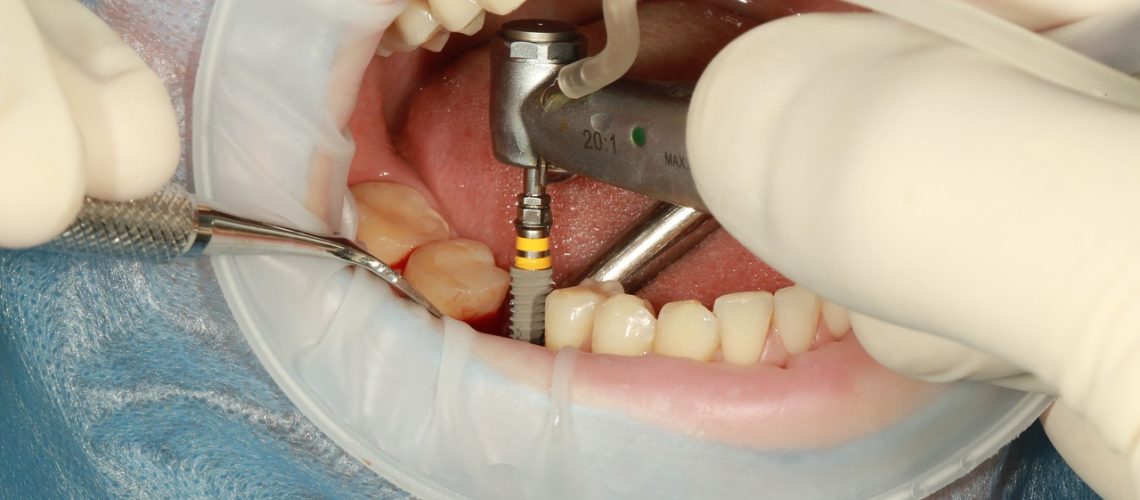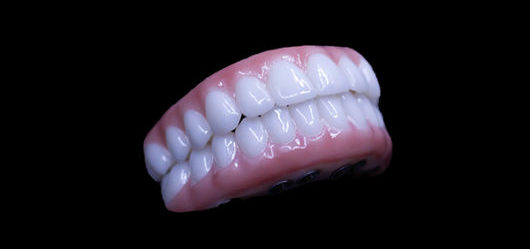The Main Principles Of Dental Sense
The Main Principles Of Dental Sense
Blog Article
Some Known Details About Dental Sense
Table of ContentsUnknown Facts About Dental SenseThe Best Guide To Dental SenseThe Single Strategy To Use For Dental SenseGetting The Dental Sense To Work
are clinical gadgets surgically implanted into the jaw to recover an individual's ability to eat or their appearance. They provide assistance for man-made (phony) teeth, such as crowns, bridges, or dentures. When a tooth is shed because of injury or disease, a person can experience problems such as fast bone loss, malfunctioning speech, or modifications to eating patterns that result in discomfort.Dental implant systems contain a dental implant body and dental implant abutment and might also consist of an abutment addiction screw. Dental implant vs bridge. The dental implant body is operatively placed in the jawbone instead of the tooth's origin. The dental implant abutment is usually attached to the dental implant body by the joint addiction screw and prolongs through gums right into the mouth to support the affixed synthetic teeth
(https://www.gaiaonline.com/profiles/dentalsense1/46992240/)Framework of The Oral Implant System picking oral implants, talk with your oral provider regarding the prospective advantages and dangers, and whether you are a prospect for the procedure. Things to consider: Your overall health is a crucial element in establishing whether you are an excellent prospect for oral implants, for how long it will take to recover, and how long the dental implant may remain in area.
Smoking may affect the recovery procedure and decrease the long-term success of the implant. The recovery process for the dental implant body may take a number of months or longer, throughout which time you typically have a short-lived joint instead of the tooth. the dental implant procedure: Meticulously comply with the oral health guidelines provided to you by your oral supplier.
Some Known Incorrect Statements About Dental Sense
Implant failing can lead to the requirement for another surgical treatment to take care of or change the implant system. Restores the ability to eat Brings back aesthetic appearance Aids maintain the jawbone from diminishing because of bone loss Preserves the wellness of the surrounding bone and gums Helps maintain nearby (close-by) teeth steady Enhances top quality of life Damage to surrounding natural teeth throughout implant positioning Injury to the surrounding cells throughout surgical procedure, such as sinus opening Injury throughout surgical treatment (as an example, crack of bordering jawbone) Inadequate function, such as feeling like the teeth do not bite with each other typically A feeling that the tooth hangs or twisting in position arising from an abutment screw loosening Implant body failure (looseness of the implant body) because of systemic infection, which may be more probable in people with unchecked diabetes due to regional infection in bone and gum tissues supporting the implant body as a result of postponed healing, which might be most likely in people that smoke Difficulty cleaning up the gums around the dental implant, causing inadequate dental health Without treatment gum disease Post-surgical feeling numb due to nerve impingement or damages Always alert healthcare providers and imaging professionals that you have oral implants before any magnetic resonance imaging (MRI) or x-ray treatments.
FDA is visit this page not familiar with any unfavorable events reported for MRI or x-ray procedures with dental implants. Dental implants systems are typically made from materials that comply with global agreement requirements of the International Company for Standardization (ISO) or ASTM International. These standards have details of what makes a secure product.

A dental implant is a structure that replaces a missing out on tooth. With screw-like gadgets, the cosmetic surgeon inserts a dental implant into the jawbone, and it acts as an anchor for a synthetic tooth, called a crown. A device called a joint links the artificial tooth to the dental implant. The crown is tailor-made to fit the person's mouth and match the shade of their teeth.
Indicators on Dental Sense You Should Know
Some individuals are not qualified for oral implant surgery. It is for oral surgeons to run on people with: severe illnessuncontrollable metabolic diseasebone or soft cells disease or infectionIf these problems are solved, an individual can have the surgery. In, dental cosmetic surgeons avoid running on individuals with: If people with any of the above undergo oral implant surgical procedure, there is a higher threat of the dental implant falling short.

Dental implant surgical procedure is an individualized procedure. It's not the very same for everyone. However the complying with gives a general summary of what you can anticipate your dental professional, dental cosmetic surgeon, periodontist or prosthodontist to do: Position the implant surgically. Give you time to recover. Attach the message and last crown, bridge or denture.
Next off, your doctor will thoroughly place the oral implant into your jaw. If your implant is near the front of your mouth, your dental professional will certainly make a momentary tooth for you to put on up until you heal.
Little Known Facts About Dental Sense.
During the healing phase, your jawbone should fuse to the dental implant. This procedure can take anywhere from three to nine months.
When your dental implant heals, your dental professional can attach the abutment (little port blog post) and your last reconstruction (crown, bridge or denture). This typically takes about one hour to complete and may call for a 2nd small surgical treatment. You shouldn't really feel any pain throughout your dental implant procedure since your provider will utilize medication to numb your periodontals.
Report this page